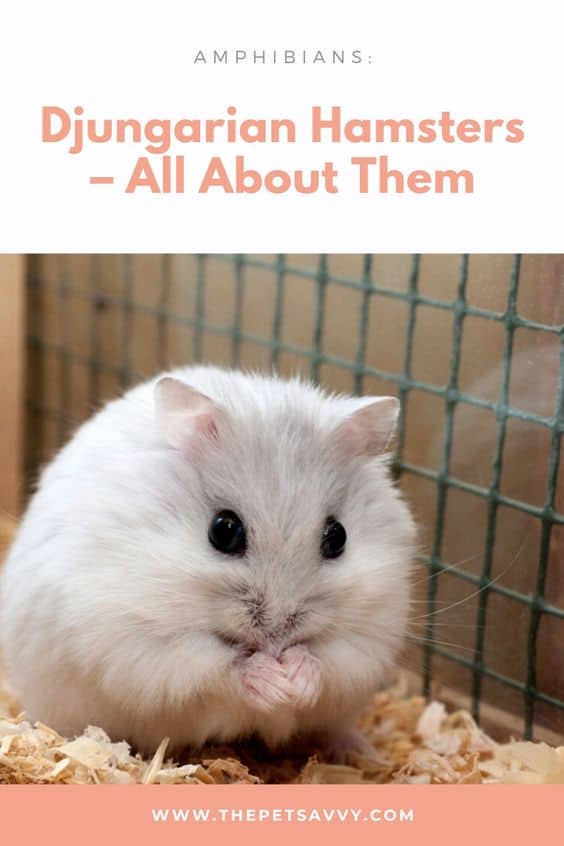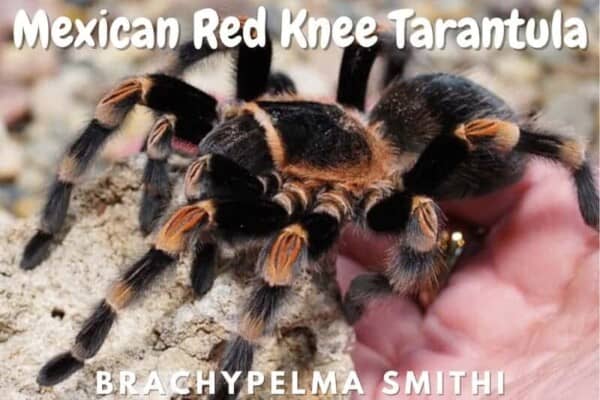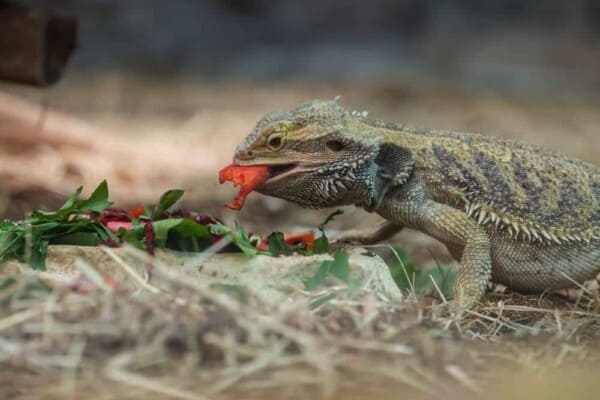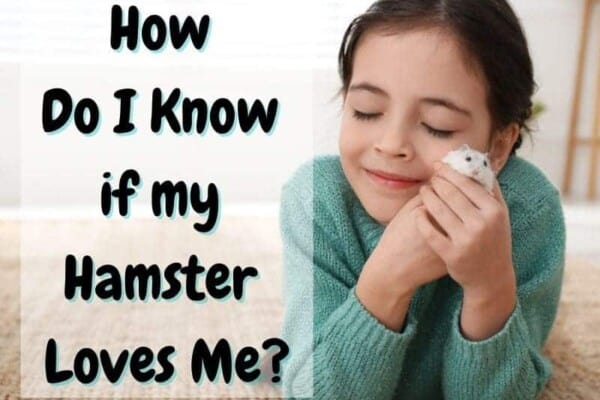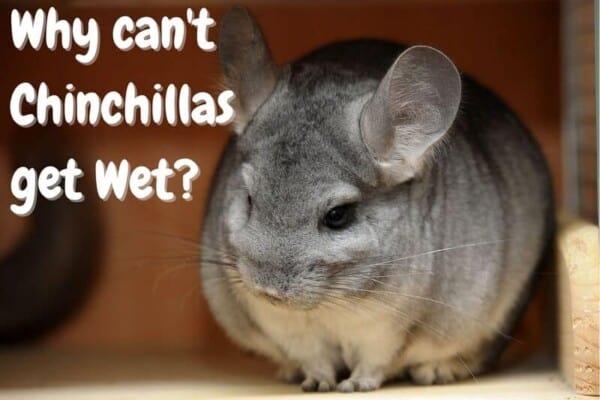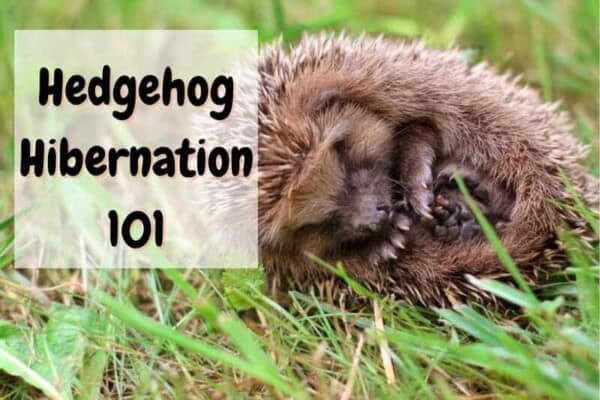Despite the fact that you are not wrong for calling this breed the Djungarian hamster species, you should know that the term “Djungarian” can also double down as an umbrella term, referring to multiple species at once.
But at the same time, it can be used to refer to a single species, specifically the Djungarian hamster. But what makes this breed special in the first place and more specifically, should you invest your hard-earned money into one?
If you do decide to go for a Djungarian hamster though, what do you need to know about taking care of it? All of that and more will be answered in this short yet detailed guide. So, without further ado, let’s just hop right into the first point we would like to address for now, aka:
Origins and History
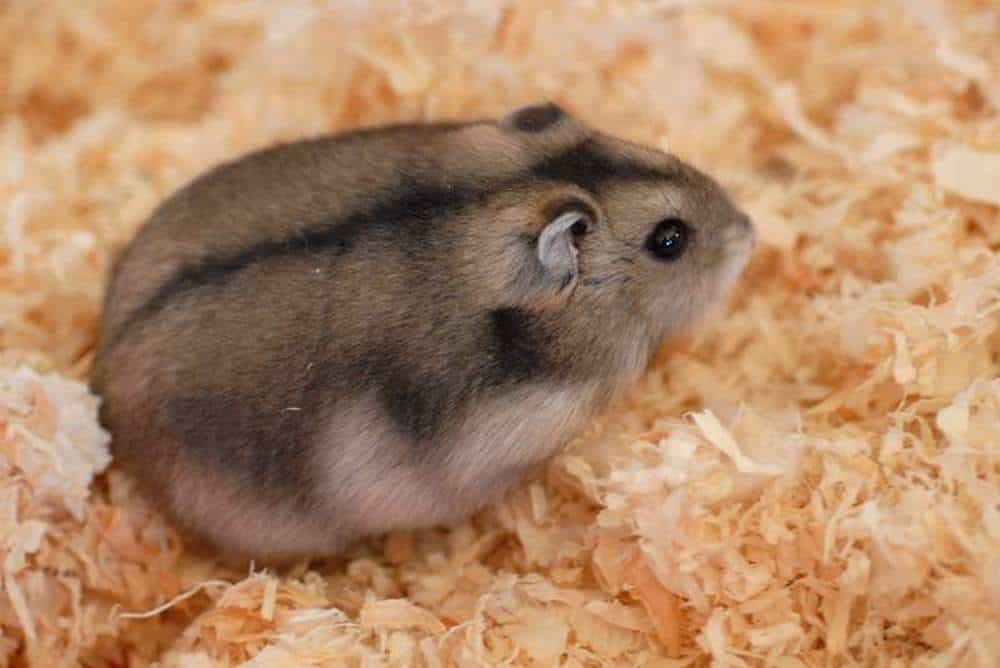
The Djungarian hamster, also known as the winter white dwarf hamster or the Russian dwarf hamster, is one of three species of hamster that you can find in the genus Phodopus.
It is a relatively small sized animal that only grows up to be half the size of a Syrian hamster, which is where it gets its name from in the first place.
As far as the general history of the species is concerned though, we don’t know a lot about it other than the fact that it originates from the wheat fields of Kazakhstan, Mongolia, Siberia and Manchuria.
The wild Djungarian hamsters are known for changing their fur color every winter in order to properly escape predators. They will start digging tunnels deep underground and they will sleep away any dangers as they also raise their young concomitantly.
These burrows tend to have an overall temperature of 62.1F or 16.7C, but that’s not the only place where you’ll find these little buggers.
Instead, you will also be able to find the hamsters in the semideserts of Central Asia and alongside dry steppes around Minusinsk, Russia. This is because the hamsters can easily survive through different climates thanks to the fur on their feet.
As far as we know, the very first Djungarian hamsters were captured in Western Siberia back in 1968 and they were sent on over to the Max Planck Institute in Germany where they were studied endlessly.
Nowadays you’ll find that this hamster breed has spread all across the globe, with it taking over the pet markets in Europe, Japan and North America.
The main reason for this is the fact that they are so easy to train, they are very loveable and very fun to look at and they are known for quickly adapting to captivity.
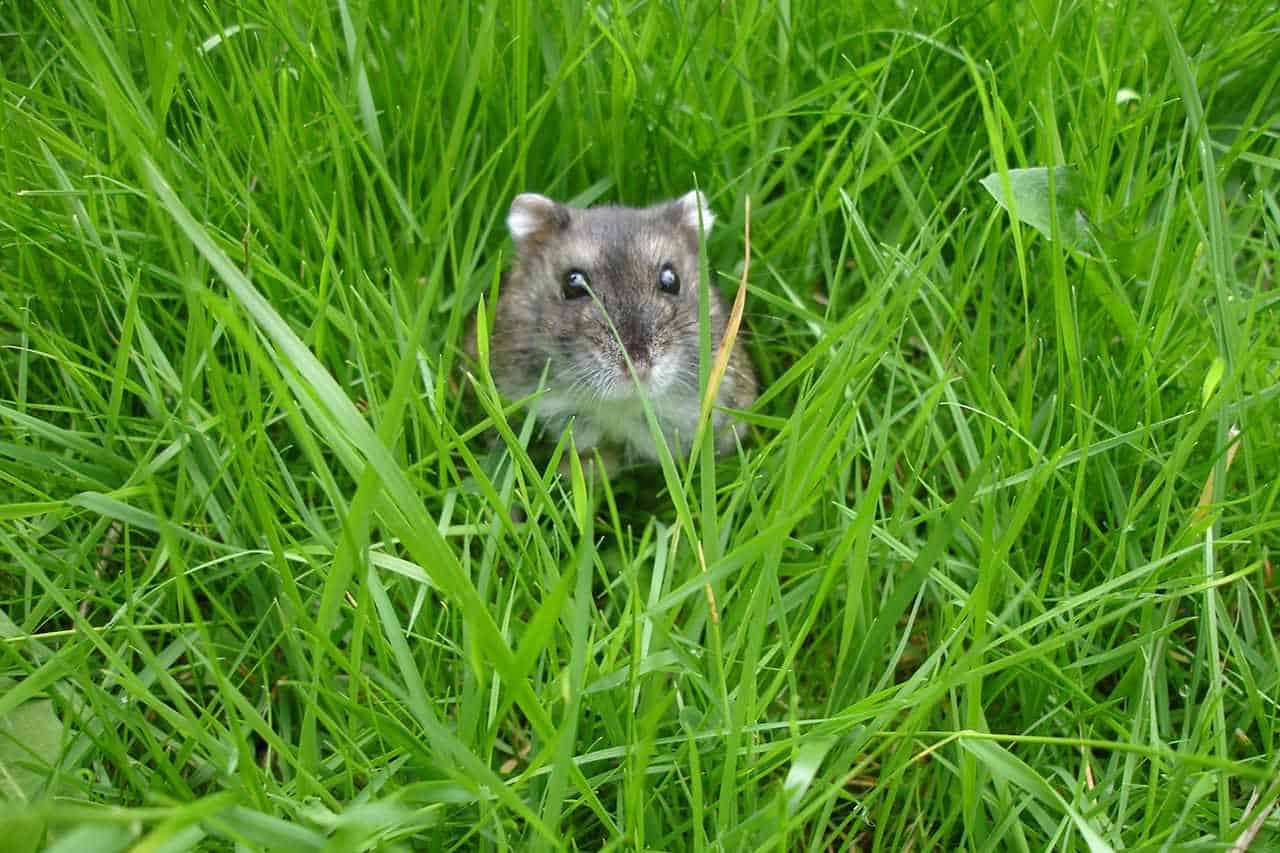
There are more than a handful of problems with owning a Djungarian hamster or two though, as they are quite sickly little creatures that are very prone to tumors.
At the same time, they are very fragile, so do keep that in mind if you do want to manhandle them you will need to be very careful because you could easily damage their insides by simply petting them a bit too much.
On top of that they can also suffer from the following health problems, even if you do everything in your power to keep them safe and sound:
- Diarrhea
- Constipation
- Broken Teeth
- Bite Wounds (other hamsters usually)
- Dental malocclusion
- Ear Problems
Appearance
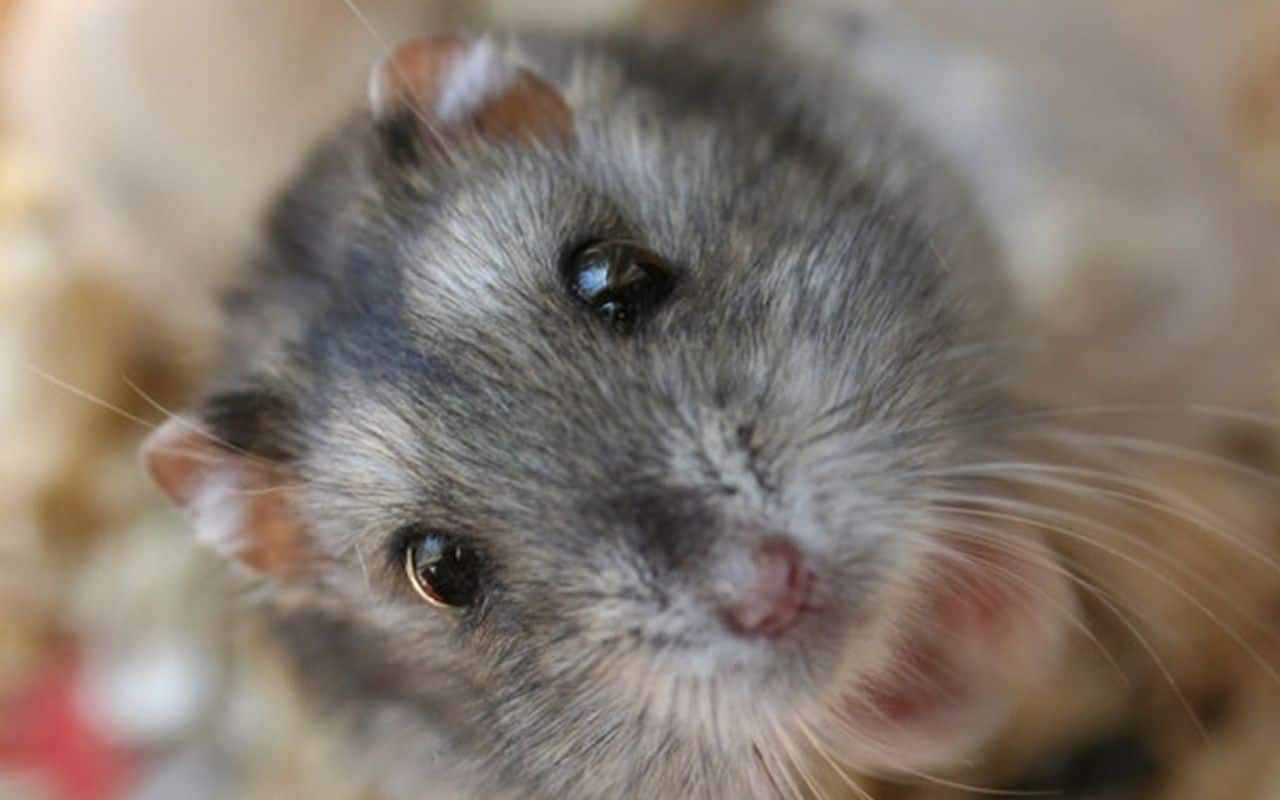
The Djungarian hamsters are ball-shaped little buggers that are known for having a thick, dark grey dorsal stripe and their signature furry feet.
Their fur color does tend to change to a bright and fluffy white during winter though, which is mostly an evolutionary trait that is meant to help them elude predators in the snowy regions they usually peruse.
Do keep in mind however that because they are a lot more relaxed and they don’t fear for their lives every waking moment, your Djungarian hamsters may not actually change their fur over winter.
Don’t be alarmed if this happens, as it simply means that the hamster is feeling less threatened and more at ease around you than ever before.
The Djungarian hamsters are also quite common around Europe and North America, and while most of them are not that expensive to purchase, if you do want a rarer colored hamster you may need to shill out a lot more dough.
There are a lot of different color varieties for you to choose from out there, but by far the most common are the following:
- Pearl
- Sapphire
- Sapphire pearl
- Marbled
Other colorations include the following:
- Brown
- Cream
- Umbrous
- Mandarin
- Blue
- Argent
- Yellow blue fawn
- Camel
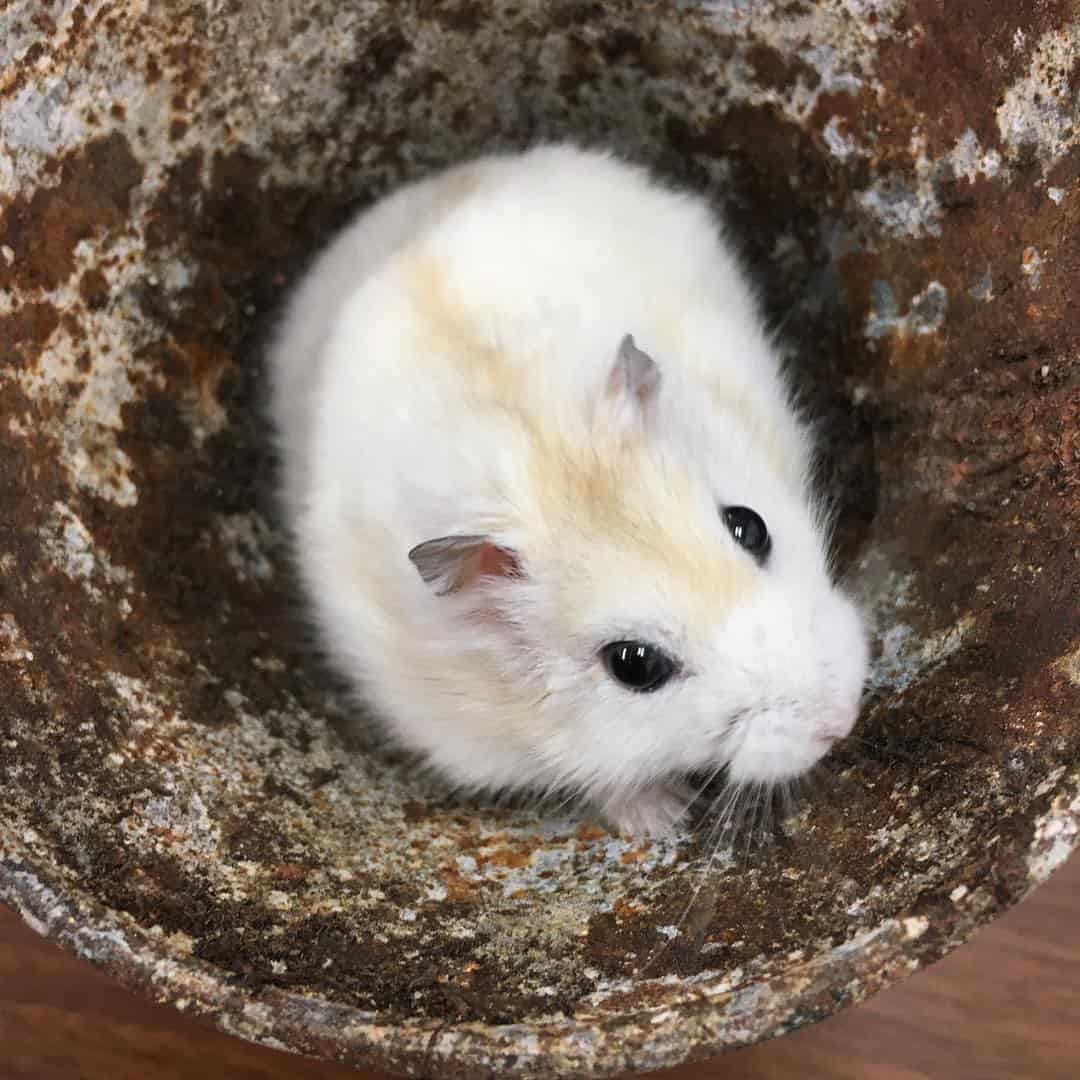
You can expect your winter white dwarf hamster to get as large as 0.7 and 1.4 ounces, or 20 and 45g each and when it comes to their overall size you can expect them to grow up to be around 3.5 to 4 inches or 9 to 11cm long.
One thing that you need to keep in mind though is that as soon as wintertime comes, your hamsters can end up losing around 50% or so of their body weight.
This is because during this time period they tend to go through their circadian rhythm. This is meant to mimic their natural instinct to hibernate in the wild, and it is not a direct sign of any illness whatsoever.
But, if you are worried that your pet is going through something, definitely be sure to take it to a vet so that they can have your hamster checked out. You can never be too sure that your pet is doing okay, especially considering how many diseases your hamster could contract.
At the same time, Djungarian hamsters are known for having either black or red eyes, although you may also come across the occasional pink eyed specimen so don’t be alarmed if that happens.
You may also find white markings above each eye. This is considered to be a very cute trait that is unique to the Djungarian hamster, as it makes them appear to have fuzzy eyebrows right above their eyes.
The base of their eyes and pretty much almost all of the space around their nose tends to be covered in white fur, and when it comes to their tails, you can expect your hamster to have a rather stubby and cute looking pompom in the back.
Personality and Temperament

Interestingly enough, even though the winter white dwarf hamster has only recently been domesticated, it doesn’t seem to have any issues with humans, to the point where they are quite social and outgoing even with complete strangers.
While there are a lot of different hamster species out there that are shy around their owners, even after years of being taken care of, this doesn’t seem to be the case with the Djungarian hamsters, as for the most part they’ll follow you around everywhere you go asking for your undivided attention.
This curiosity that they have actually works against them for the most part as they will tragically end up getting into dangerous situations simply because they refused to turn tail and run away.
As such, if you do decide to opt for a Djungarian hamster, we urge you that you keep a close eye on them because they tend to not care about their wellbeing all that much when it comes to exploring the wilderness that surrounds them.
In fact, we would argue that it is actually quite difficult to scare a Djungarian hamster away, as it is most likely to follow you around even when you try to shoo it away.
Their close relatives, the Campbell dwarf hamsters and the nervous Roborovski dwarf hamsters are completely different in this regard, as they will run for their lives at the first sign of trouble, but as we mentioned previously, this won’t be the case with the Djungarians.
Commonly Asked Questions Regarding Djungarian Hamsters
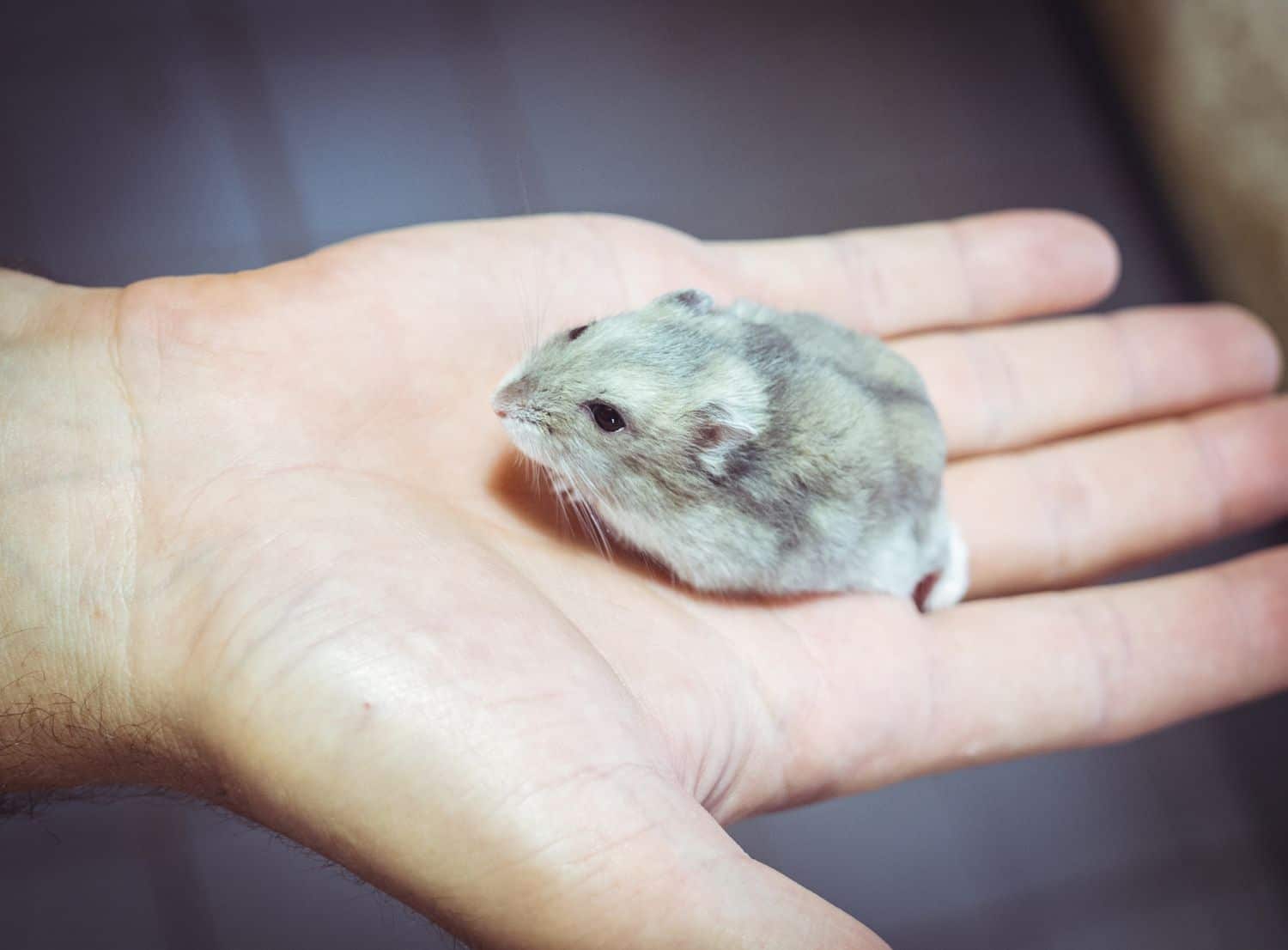
Now that we all know what a Djungarian hamster is, how about we take a quick minute to answer every question you may have regarding this cute little bugger.
While there are plenty more things to research about this species, most of their background is largely unimportant for you as their owner.
How Long Do Djungarian Hamsters Live?
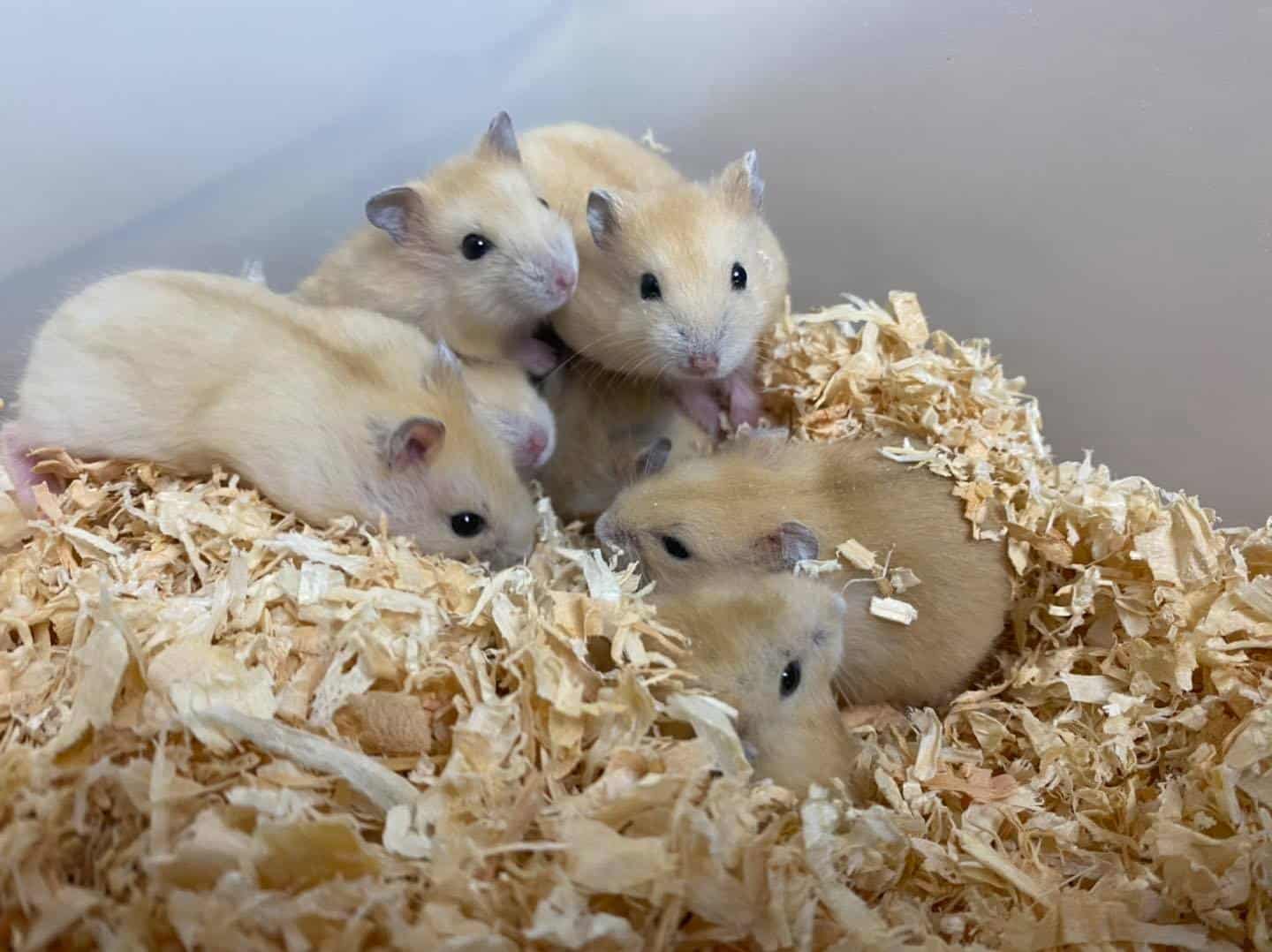
As you can expect from a dwarf hamster species, Djungarian hamsters don’t actually live all that long, quite the contrary actually.
Even if you give them everything they could ever ask for and you make sure that they are in pitch perfect health, your Djungarian hamster will still end up passing away after two years or so.
You may even occasionally end up with a sickly hamster that will only live for around nine months or so. Don’t be alarmed when this happens because, just as is the case with humans, not everyone gets to live up to die of old age.
Even so, during this short period of time your Djungarian hamster is sure to live its life to the fullest, bursting with energy on a daily basis as they zoom past you exploring everything there is to be seen around your house.
While it is fun to pet them and they will surely thank you for it, they also do get the occasional zoomies when they get too excited, so when you do handle them be sure to hold them firmly so that they don’t end up falling out or downright jumping to their doom.
For the most part, if you want to extend your hamster’s life to the fullest you will need to make sure that its quality of care and environment is top notch, but even so genetics play a very large point in this debate and you can’t fight against mother nature’s will.
Do Djungarian Hamsters Make Good Pets?
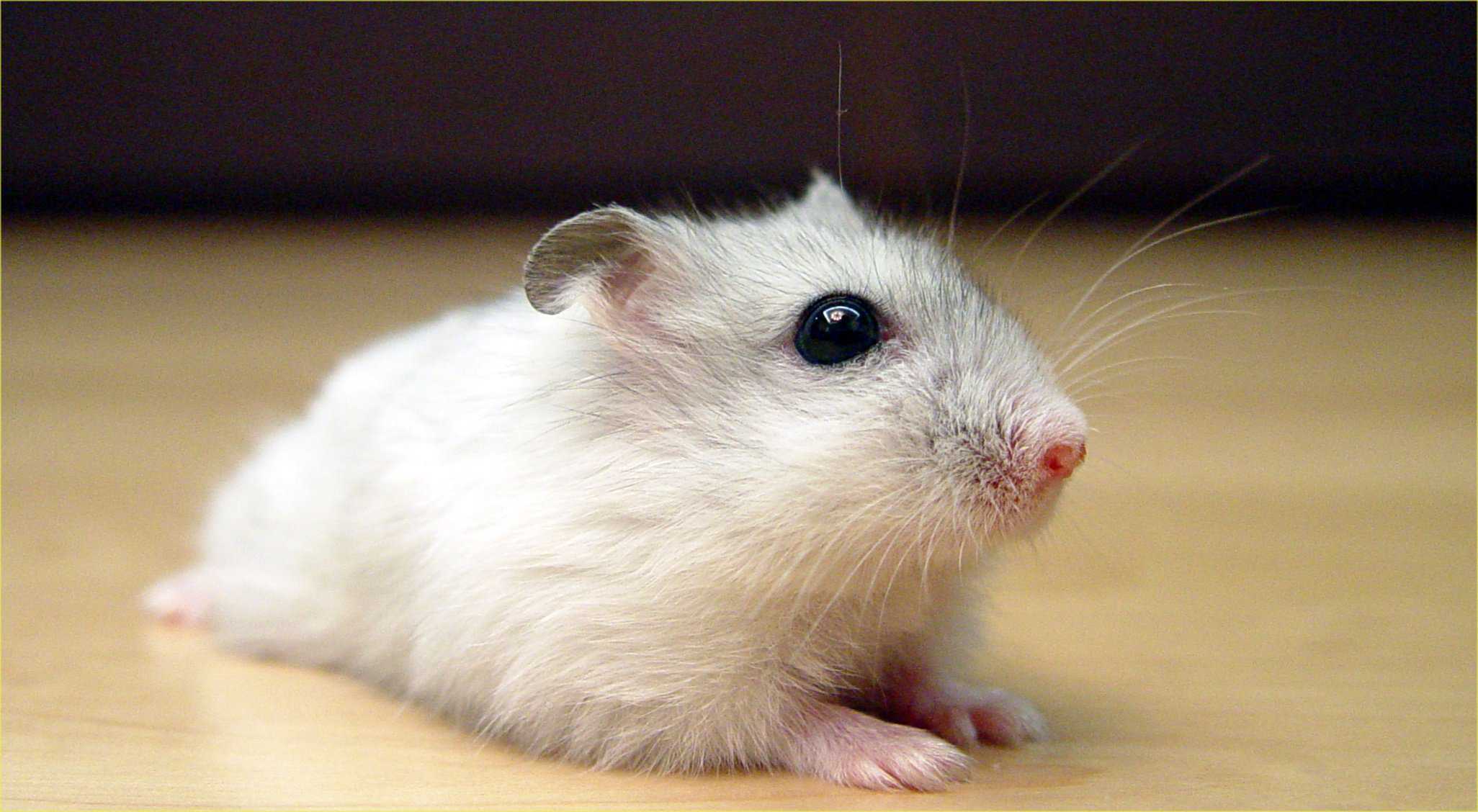
Yes actually, Djungarian hamsters are quite amazing pets, especially so if you like to have a super fuzzy ball around you at all times that will never stop zooming across the floor.
They are incredibly friendly and social, whereas most other dwarf pet hamsters tend to be hypervigilant and stressed out around humans.
As such, if you are on the lookout for a good hamster species to add to your roster, you can always go for a Djungarian as they are by far the best option for you.
Do keep in mind however that even though Djungarian hamsters are quite friendly and social with humans, they don’t really get along with other members of their species.
In fact, it is recommended that you keep them alone for the most part, but if you do have to pair them up, never put more than two of them together otherwise they can end up having more than a few altercations.
But regardless, Djungarian hamsters also make for a great option because of how easy they are to train. Most other hamster species tend to keep to themselves and as such, before you can actually start training them, you will first need to tame them which is a lot easier said than done.
This is where Djungarian hamsters tend to have an advantage, as they will be very open with their humans, to the point where they’ll get attached usually less than a week after being adopted into the family.
After this point, you can start training them, and as mentioned previously, because of how intelligent they are, Djungarian hamsters tend to have a much easier time learning new tricks from you than most other dwarf hamsters.
We always recommend that you train them properly before you start handling them because as mentioned previously, it isn’t unheard of for the hamster to jump to its doom a few seconds after being cupped.
So, start off by handling them at the floor level, and as the weeks roll on by start lifting them higher and higher, always keeping a close eye on them so that you can be ready in case they decide to test out the laws of gravity.
How to Take Care of a Djungarian Hamster
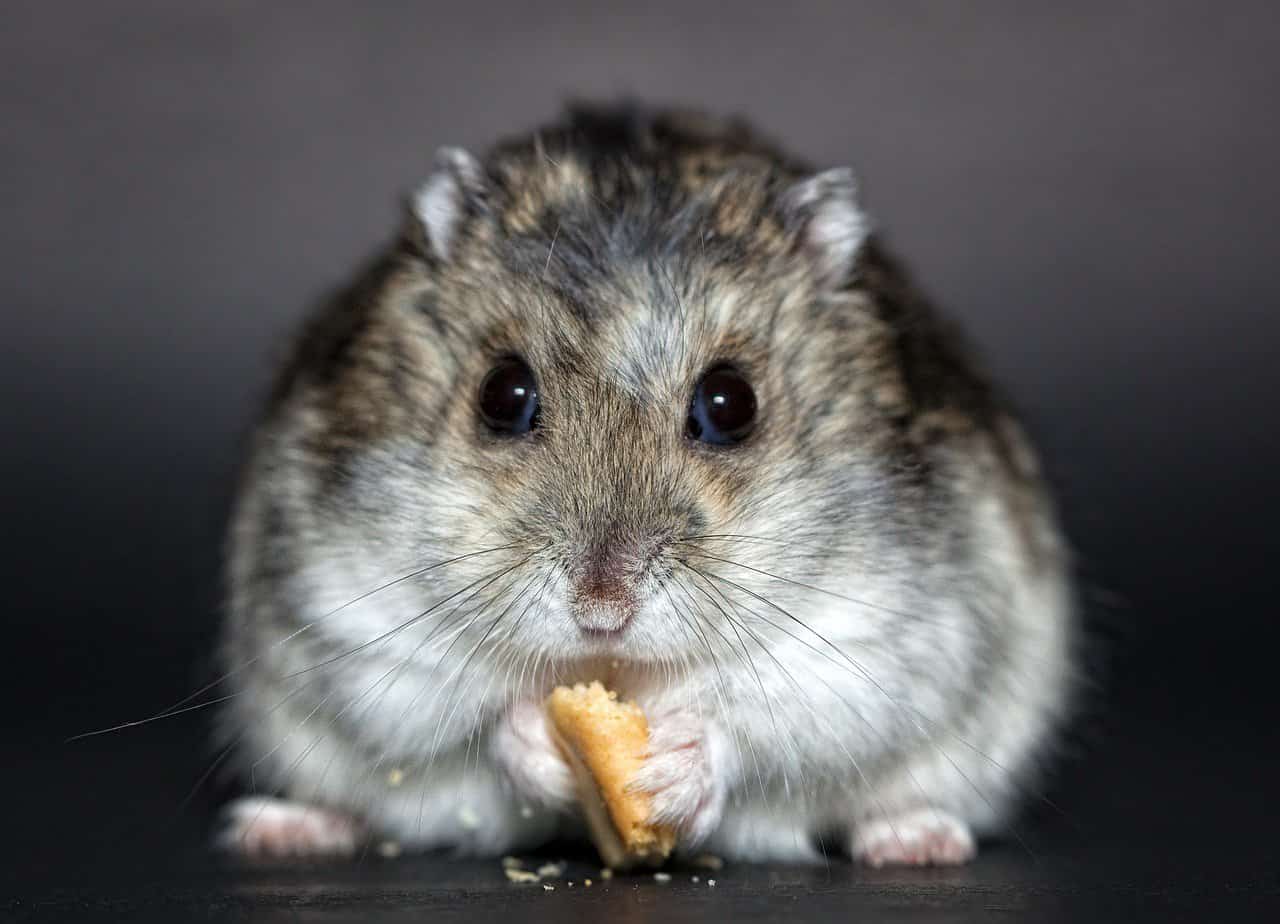
If you have never taken care of a hamster before, don’t worry, because you made the right choice in picking up a Djungarian hamster.
This is all that you’ll need to know about it:
- Purchase and prepare a suitable cage for them to live and sleep in
- Make sure to get them enough food to last them quite a long time
- Tame the little bugger and make sure to add in plenty of playtime sessions too
- Clean the cage as soon as possible, leaving their living quarters messy will greatly deteriorate their health which in turn results in a much shorter lifespan
Cage Requirements
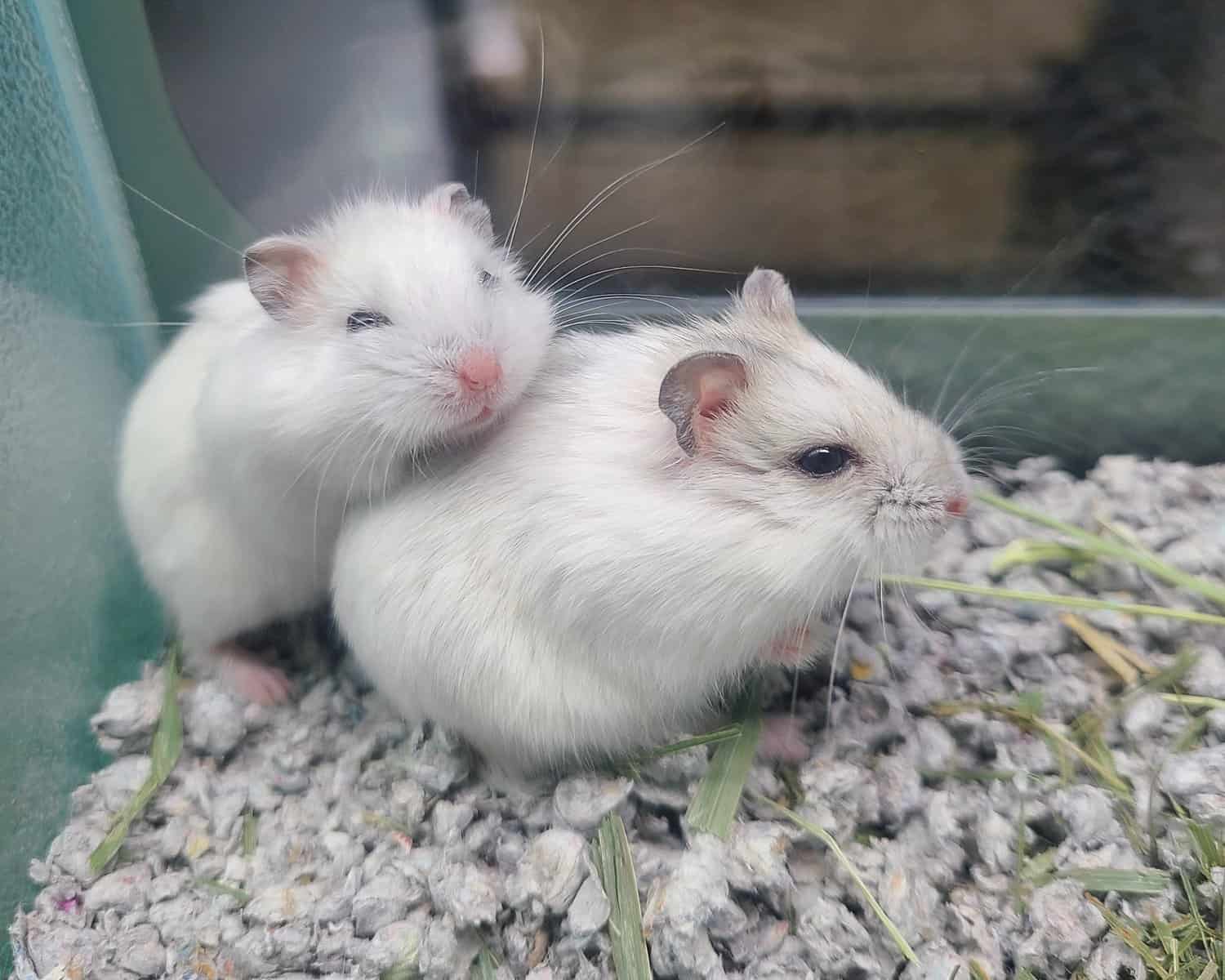
Even though they are small, Djungarian hamsters still need quite a lot of room for them to live in, alongside a proper bedding and all the necessities they could ever ask for.
But the thing is that there are so many cages for you to choose from, how can you actually find the perfect one for your buddy?
Just make sure that it ticks off every one of these following requirements:
- A nesting box
- Proper bedding
- An exercise wheel
- A water bottle
- A medium sized food bowl
- More than a handful of toys
The room that you keep the Djungarian hamsters in should also be around 64 to 79 degrees Fahrenheit, and it should be kept far away from children and other pets.
Make sure to keep it away from doors, windows, vents and heaters too because the slightest change in temperature can end up harming your hamster.
What To Never Feed Your Djungarian Hamster
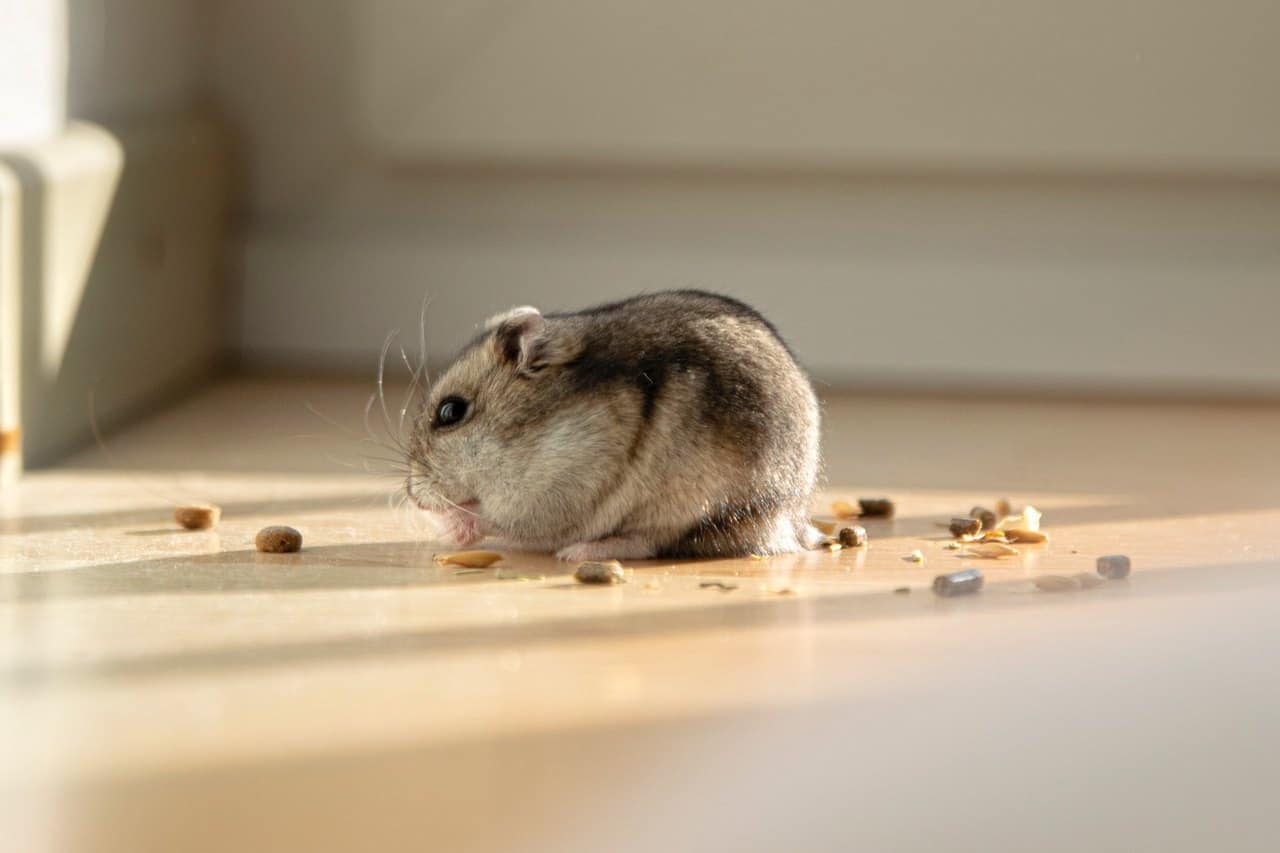
Djungarian hamsters need all the basics that every other hamster needs, so you shouldn’t worry too much about that. Just make sure that they have plenty of fresh water, insects, grains, seeds and nuts and that should be about it.
But when it comes to what they should never consume, the list does get quite interesting, as you need to keep them as far away as possible from:
- Alcohol
- Caffeine
- Citrus
- Nightshade veggies
- Garlic
- Onions
How Much Do Djungarian Hamsters Cost?
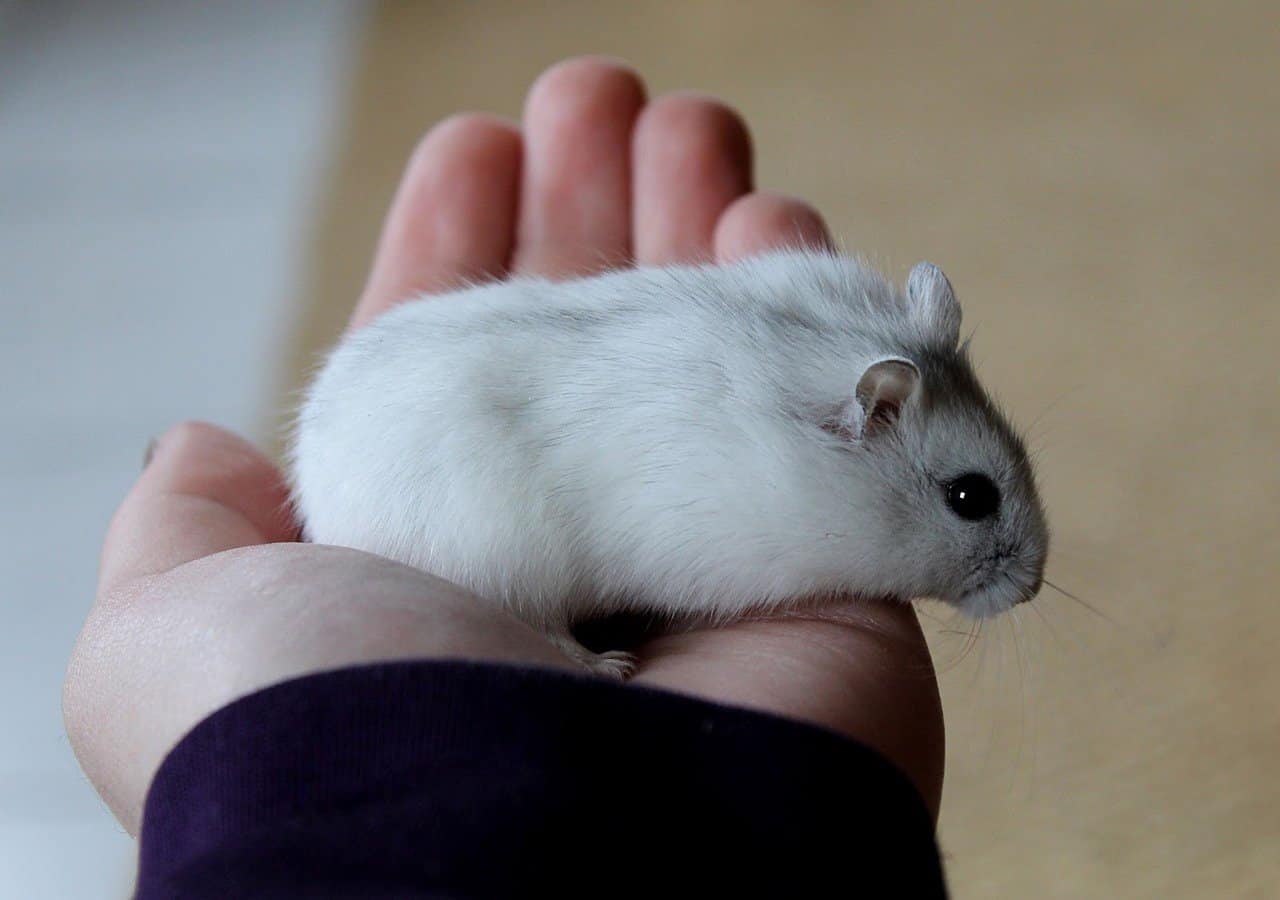
For the most part, actually purchasing a Djungarian hamster is quite cheap, with most of them going for around $15 to $30 each, although you may also come across the occasional specimen that goes for ten times that amount.
That is because, most likely, that Djungarian hamster’s coat has a very rare and stunning coat color which is a lot more sought-after.
The cage will cost you anywhere between $15 and $300, so you can either make sure that your hamster has the best cage it could ever have or you can simply go for something more affordable and your pet will be none the wiser.
The accessories typically go for around $30 to $65, and the food on a monthly basis should never surpass the $5 to $15 mark.
Conclusion
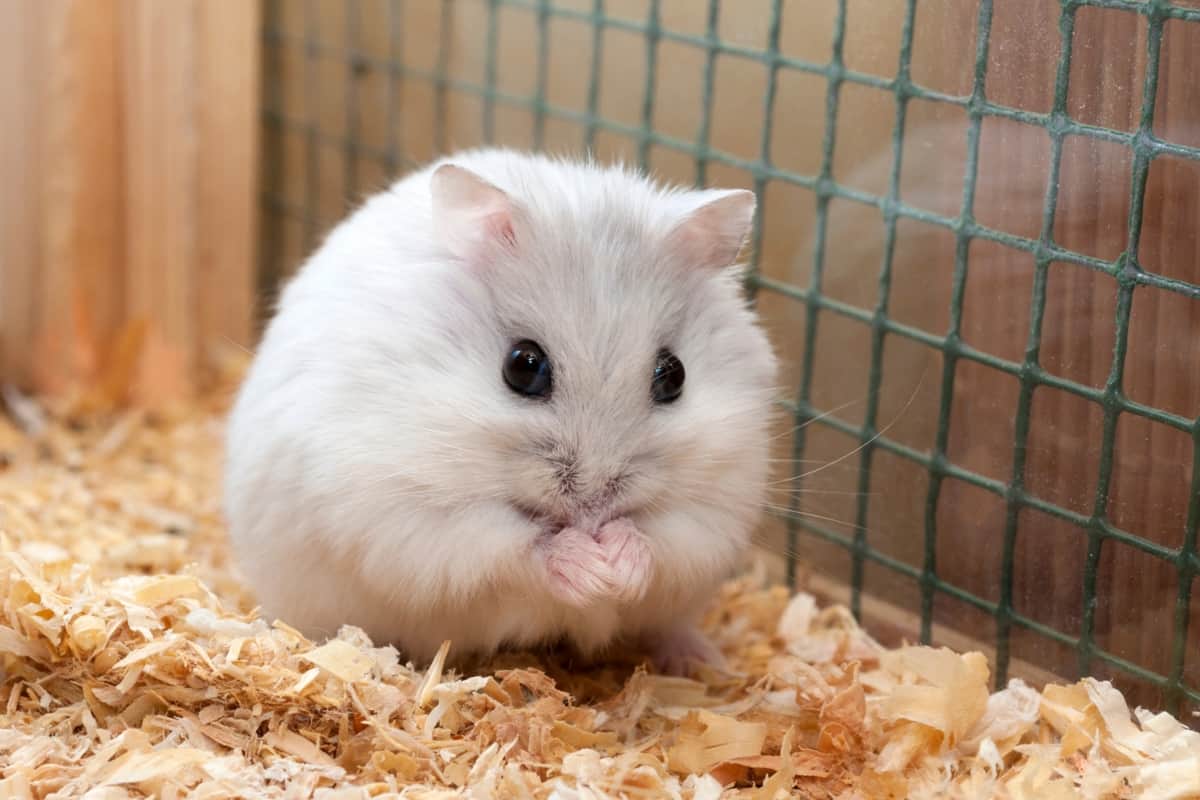
Djungarian hamsters are an absolute delight to own. They are friendly, very energetic and quite easy to train. On top of that they are very precious to look at and you will never get tired of playing around with their fuzzball faces.
They are low-maintenance creatures that don’t live for all that long, and they make for the perfect option for people that are looking for a new pet that will not be with them for a very long time that also won’t break the bank every month.

